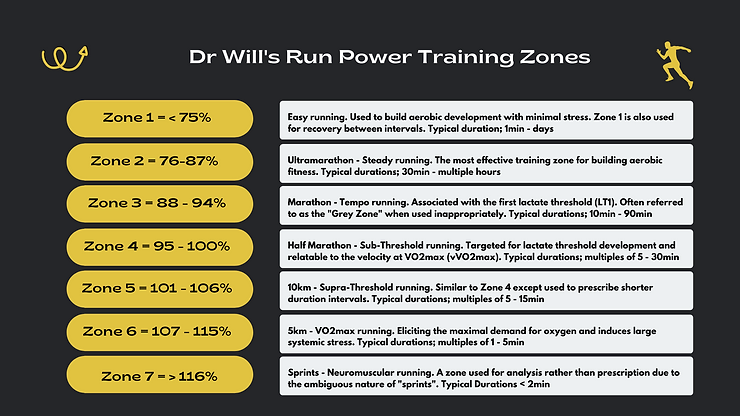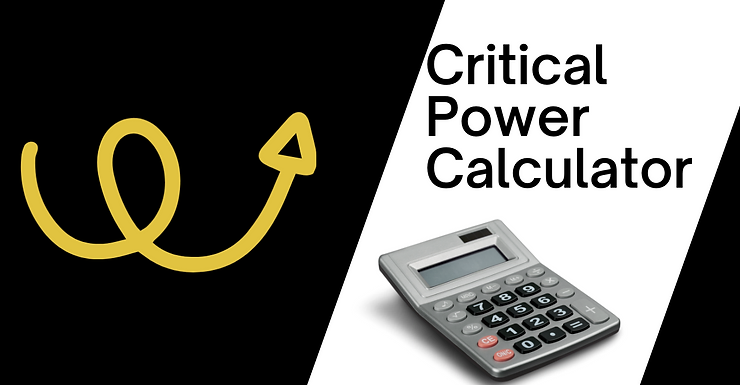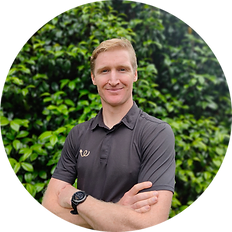Here we go again, training zones!
It feels like every scientist/coach wants their own personal training zone system, and I’m no different!
“Ah Will, can’t you just use someone else’s training zones and make them work?”
I’ve tried, but I’ve found it too frustrating and confusing for myself and the athletes I work with.
Training zones are designed to be a common language for training intensity prescription, a way of incorporating the many factors driving the purpose of a particular session or effort into a set of simple terms that can be communicated easily. For example, if a coach wants to prescribe a moderate intensity, long duration, marathon-specific run session, they can simply instruct the athlete to run in “zone 3”. With this one simple term, the athlete is given specific boundaries for completing the workout without needing to know the scientific basis of the prescribed session.
However, training prescription does not involve a list of rules to follow, and different coaches will have different opinions on how best to categorize the physiological processes and adaptations occurring during training into a set of 5-7 zones. As an athlete or coach, it doesn’t matter whether you choose an existing set or zones or establish your own; the most important thing is that both coach and athlete have a mutual understanding of what each zone represents.
As an example, here’s a brief explanation of the power zones I use with my athletes and my rationale for defining them in this way. I classify these zones in relation to critical power, a term describing the highest workload that can be sustained without using the anaerobic reserve—in other words, the transition point between anaerobic and aerobic work.

Zone 1 (<75% critical power)
I consider zone 1 running to be low intensity exercise but not necessarily recovery/walking, as defined by Jim Vance. Once a large base of aerobic fitness has been established, it should be possible to run easily without having to leave this zone.
Zone 2 (76–87% critical power)
The aim of zone 2 is aerobic endurance development. Because I work with a lot of ultra and trail runners, I set the lower limit of this range slightly lower than others to account for the significant upward drift in heart rate that occurs after multiple hours of exercising. Over a long period of time, or due to the typical undervaluing of power outputs during trail running, running at a power output of >80% may be more strongly associated with the physiological demands of zone 3.
Zone 3 (88–94% Critical power)
Zone 3 is typically described as “tempo”, an ambiguous term which, to me, describes exercise conducted at physiological lactate threshold 1 (LT1). Often misunderstood as the lactate turn point (LTP) or the onset of blood lactate accumulation (OBLA), LT1 actually refers to the initial point at which lactate increases above baseline levels, typically to a concentration of 1 -2 mM. This is a very important reference point for marathon and ultramarathon runners because there is such a high level of correlation between LT1 and physical performance over events lasting multiple hours.
Therefore, in agreement with Vance, I set the upper end of zone 3 to 94% to ensure that training conducted at zone 3 remains below LT2. In contrast, Stryd and Steve Paladino both set the upper end of zone 3 as 100-101% of critical power, meaning that zone 3 efforts may incorporate a significant proportion of anaerobic work, particularly as the duration reaches >10 min. These coaches will have their own reasoning for doing so, and Paladino splits his zone 3 into 3a & 3b to ensure runners stay below 95% of critical power (typically the upper limit of marathon power) during particular efforts. This highlights why it is important to choose the set of zones that fits your training philosophy and stick to them.
Zone 4 (95–100% critical power) and 5 (101–106% critical power).
Zone 4, which includes exercise in the anaerobic threshold zone, is a tricky one. I’ve found that athletes typically aim for the top of the zone prescribed, especially for interval training. Since Zone 4 is almost entirely used for interval prescription, having a zone that incorporates exercise both above and below 100% critical power, as the Vance and Stryd zone 4s do, means that the training stimulus provided by a workout can differ depending on which end of the zone the athlete sits at. Therefore, like Joe Friel, I use separate zones for sub-threshold (Zone 4, 95–100%) and supra-threshold (Zone 5, 101–106%) exercise. This means that Zone 4 relates to half-marathon race intensity, while zone 5 relates to 10 km race intensity.
Zone 6 (107–115% critical power)
Zone 6, the VO2max zone, is utilised for prescribing short intervals (<5 min) and can be correlated with 3000–5000 m performance. Zone 6 needs to encompass a large range of power values because individual running economy and anaerobic capacity determine an athlete’s ability to produce power over 1–5 min.
Zone 7 (116%+ critical power)
The final zone is used to prescribe short and long “sprint” efforts (<2 min) for which athletes typically run based on “feel”, rather than using their watch. I find it best to prescribe 200-400m lap times on the track and allow the number of repetitions and duration of the intervals to dictate the level of effort, instead of prescribing efforts at a particular power output. Athletes inherently know the level of effort they can sustain for these types of sessions due to the intense nature of the intervals involved. This differs greatly from training in zones 5 and below, where the initial physiological stress does not align with the perception of the effort, necessitating a more fixed prescription approach.
Calculate Your Training Zones
Use my 5km & 1km Willo Test to determine your critical power and running power training zones. https://www.drwilloconnor.com/critical-power-calculator



